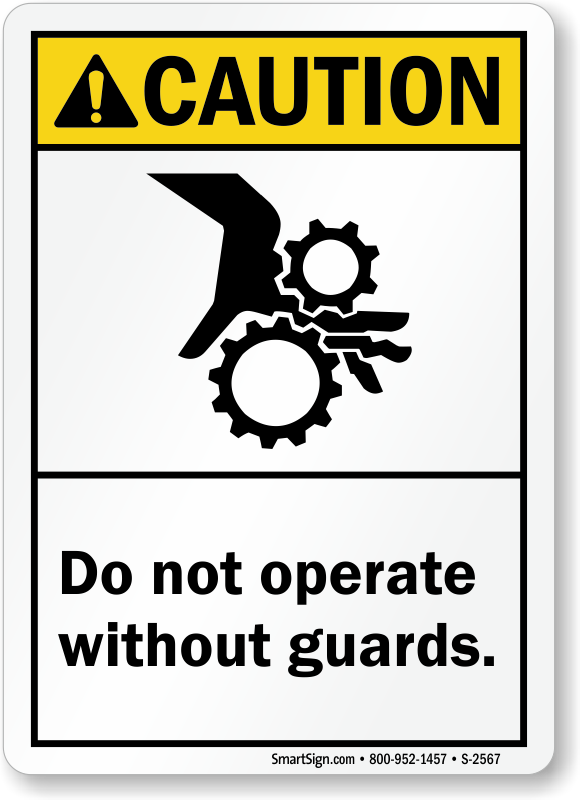Workshop inspections are a valuable proactive management tool, productivity is good, morale is good, quality is good, therefore everything must be good. A well-managed proactive workplace inspection regime will assist employers is ensuring that processes are being conducted safely throughout the processes being undertaken.
Machinery and power tool guarding is often an area of failing. Guarding is a mandatory requirement for all machinery, so far is practicable, preventing contact with dangerous parts of the equipment during usage. Some guarding is integral to the equipment and comprehensive enough that it cannot easily be tampered with, other guards can be basic and often require user interaction to deploy.
What doesn’t change is the requirement not to interfere with or remove a guard at any time; unless it forms part of scheduled maintenance by a trained and competent person that has taken all practicable measures to prevent accidental start up or usage while the guard is removed, or a full safe system of work is applied where power is required during the maintenance activity.
Employers and managers should be aware the more basic the guard the more likely it is not being used or has been removed putting the user and others at risk of injury and placing the company in a vulnerable position in the event of enforcement action.
Here are a few tips to ensure machinery safety
- Do a risk assessment to check for any parts of machines which could present a hazard, for example where workers could get crushed, pulled in by rollers or cut by sharp blades. Note where guards are already in place, so that you have a record of what items to check in the future.
- Fit guards where dangerous parts are accessible by workers. Use permanent, fixed guarding whenever possible, to avoid the potential for workers to remove it.
- Regularly check that the guards are in place and that they are working properly and not warped, corroded or otherwise compromised. Keep a record of these checks, and note what action was taken to rectify any issues.
- Always use the guards that were provided or authorised by the manufacturer, and do not replace a guard with another part without consulting the manufacturer. Take the machine out of use if guards are missing or damaged, and only put it back into use when the issues are resolved.
- Train workers on the dangers of misusing guarding, and of not replacing guards if they are taken off for maintenance or cleaning. Teach them how to use guards correctly.
It is vitally important to regularly check the guards on your machines to ensure that they are in place, and in good working condition. Protect your workers by making this a part of your workplace inspection routine.











